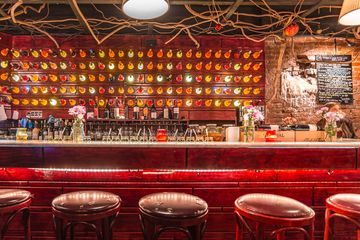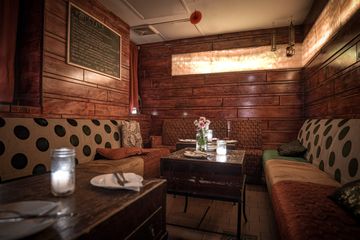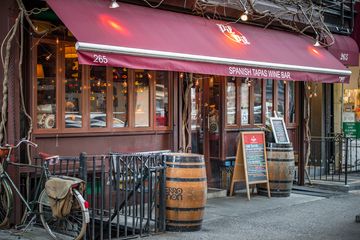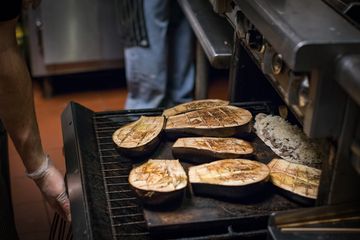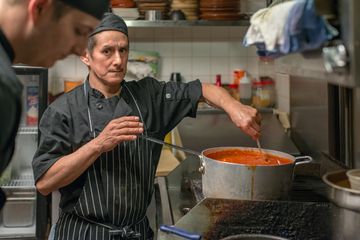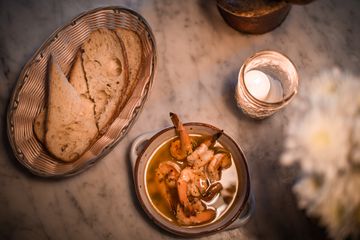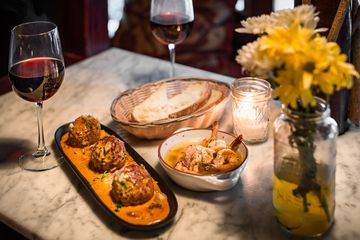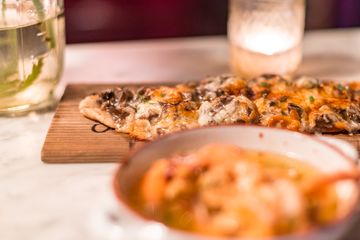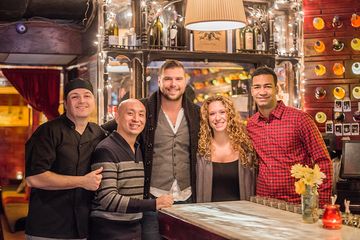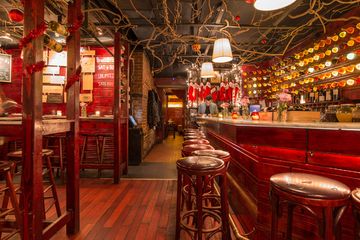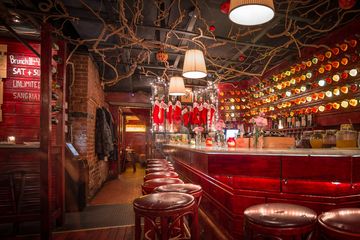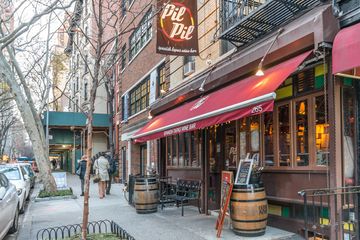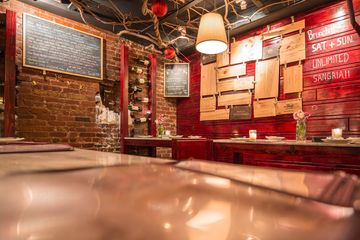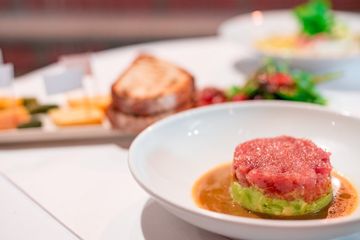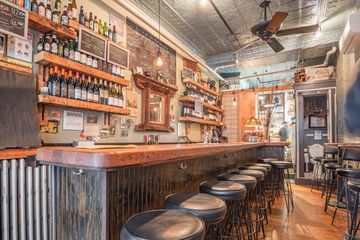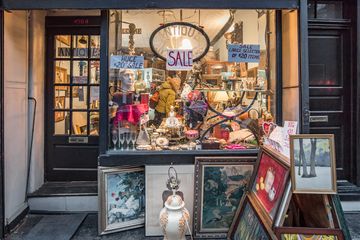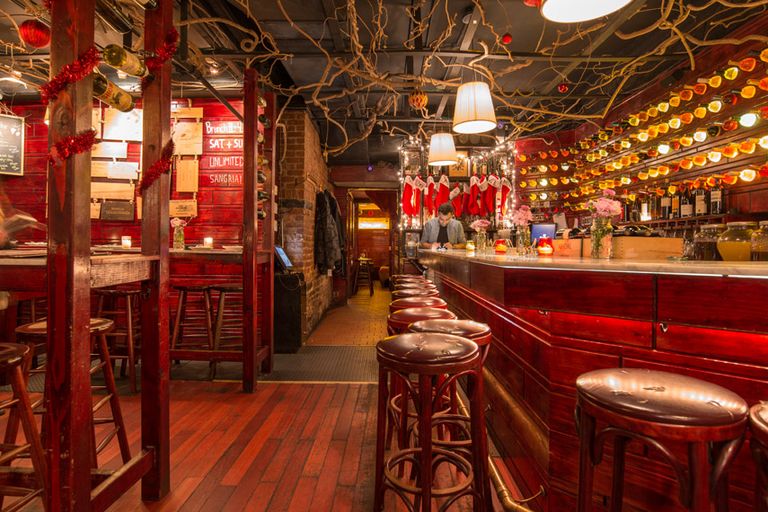
Pil Pil, named for a specific kind of sauce originating in the Basque region of Spain, fills an important role on the Upper East Side. It is a neighborhood watering hole, upscale and with enough ambience for a perfect date or friendly hangout, but still casual enough to lure locals back multiple times each week. I spoke with Nikola Romic, the owner and general manager, who explained that this is exactly the environment he wanted to create when he opened Pil Pil in 2010: a “homey atmosphere” where locals could have good food and wine.
Nikola, originally from Serbia, spent a lot of time in Spain. He gained a true appreciation for the cuisine there and now owns vineyards in the Spanish countryside. Most of the wines at Pil Pil come from either his own grapes or family-owned vineyards. Nik told me that he personally travels to each of the vineyards to speak with the vintners and try the wine. Despite being so selective, Pil Pil features wine from over eighty different kinds of grapes. Considering the breadth of his experience, the property he owns, and his education, I was even more impressed with Nik when he revealed his age - when we met in early 2016, he was only twenty-seven!
Pil Pil's home on 78th Street had previously been occupied by a sake bar where Nik actually worked. When it became obvious that the space would have to shutter, Nik turned it into a Spanish restaurant, decorating the interior with wine bottles and twining tree branches to make the intimate ambience for which Pil Pil is known. His initial plan was to serve traditional Spanish food, but he has added many American classics with key Spanish ingredients to the menu to appeal to his New York audience. For instance, there is a mac and cheese with chorizo and sliders made with manchego cheese.
On the day we visited, Nik was offering a special mulled wine. He handed each member of the Manhattan Sideways team a glass, seasoned with citrus and cloves, which warmed us from the inside out. He showed us to the recently redesigned wine cellar before beckoning us into the kitchen where he casually added shrimp to a pan filled with butter and spices with one hand and stirred the pot of mulling wine with the other. Everything Nik and his sous chef Pedji did seemed effortless, like a well-timed culinary dance. He brought out a few dishes for us to try on the hightop tables, including the shrimp, called gambas al ajillo, which had just the right amount of spice and left enough sauce for the perfect buttery bread dip. We also tried the freshly baked flaky mushroom flatbread, seasoned with truffle oil. The last to arrive were the macaroni and cheese croquettes. These light balls of noodles and cheese, with a dash of paprika, were sensational.
Nik is proud of what Pil Pil has become, both in terms of the food and the staff, many of whom speak both Spanish and English. There is no hierarchy of waiters and food runners. Casually dressed, they all work seamlessly together, emphasizing the relaxed atmosphere that Pil Pil has fostered. On Wednesdays, Nik occasionally brings in a Spanish acoustic guitar player from Barcelona…and sometimes Nik himself even plays.
